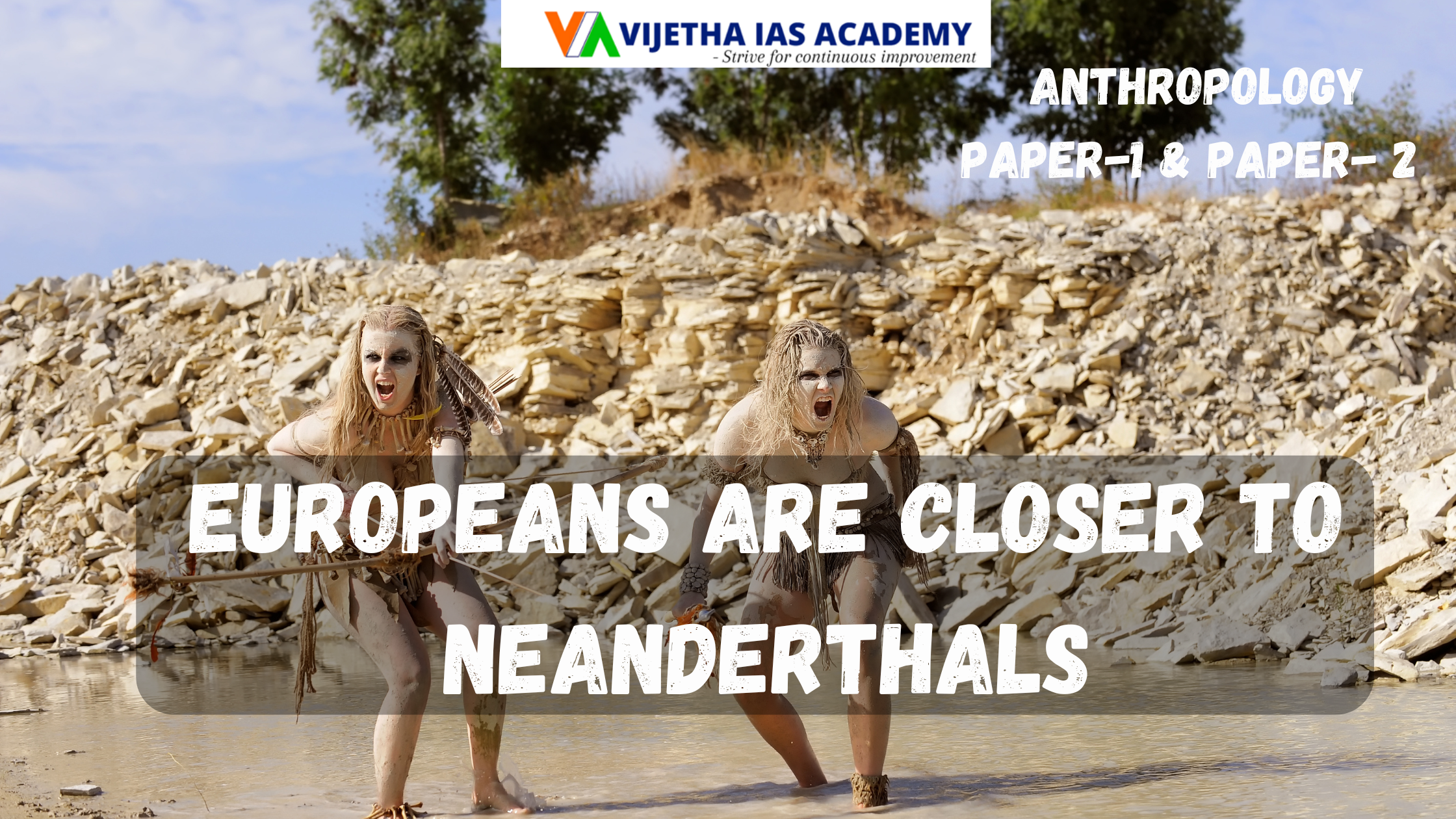
Introduction
The assertion that Europeans are closer to Neanderthals has been a topic of considerable debate in anthropological and genetic studies. This discussion becomes particularly relevant when viewed through the lens of the African origin of humankind, which posits that modern humans originated in Africa and subsequently dispersed to other parts of the world. This essay critically examines the evidence supporting the proximity between Europeans and Neanderthals and its implications for understanding the African origin of modern humans.
Main Body
1. The African Origin of Humankind
The African origin hypothesis, also known as the Out-of-Africa theory, suggests that anatomically modern humans (Homo sapiens) evolved in Africa and then migrated to other continents. Fossil evidence and genetic studies support this theory, with the oldest fossils of Homo sapiens being found in Africa, such as the Omo and Herto remains dating back to approximately 200,000 years ago.
2. Neanderthals and Their Distribution
Neanderthals (Homo neanderthalensis) were an archaic human species that lived in Europe and parts of Western Asia from approximately 400,000 to 40,000 years ago. Genetic evidence indicates that Neanderthals and modern humans share a common ancestor, suggesting that they diverged from a common lineage about 500,000 to 600,000 years ago. Neanderthals are known to have adapted to the cold climates of Europe and parts of Asia, exhibiting distinct morphological traits suited to these environments.
3. Genetic Evidence of Interbreeding
Advances in genetic research have revealed that modern non-African populations, particularly Europeans and Asians, possess a small percentage of Neanderthal DNA. Studies have shown that 1-2% of the genome of modern Europeans and Asians is derived from Neanderthals, suggesting interbreeding between Neanderthals and the ancestors of these populations. This genetic contribution is absent in sub-Saharan African populations, which supports the idea that Neanderthals and modern humans interbred primarily in Eurasia, not Africa.
3. Implications for the African Origin Theory
The genetic evidence of Neanderthal admixture highlights that while modern humans did indeed originate in Africa, they also encountered and interbred with other archaic human species during their migration out of Africa. The presence of Neanderthal DNA in Europeans reflects these interactions, supporting the view that modern human ancestry is complex and involves contributions from multiple hominin species. This admixture occurred as humans migrated into Europe and Asia, where they coexisted with Neanderthals and other archaic humans.
Conclusion
In conclusion, while the genetic evidence indicates that Europeans have a closer genetic relationship with Neanderthals compared to Africans, this does not contradict the African origin of modern humans. Instead, it enriches our understanding of human evolution by demonstrating the complexities of our species' migration and interactions with other hominins. The African origin hypothesis remains robust, but it is complemented by the recognition of interbreeding events that occurred as modern humans dispersed across the globe. This integrated perspective provides a more comprehensive view of human evolutionary history.

